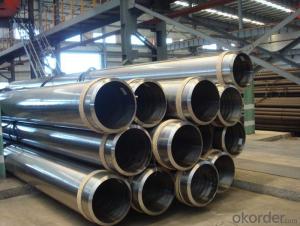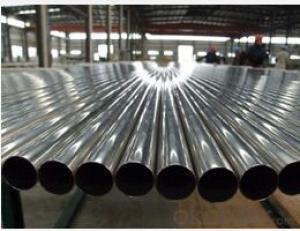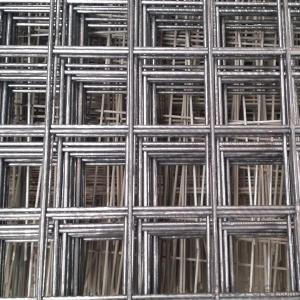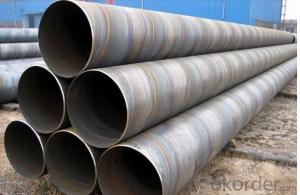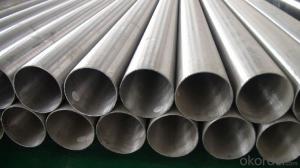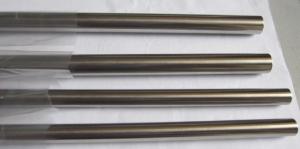Welded Stainless Steel
Welded Stainless Steel Related Searches
Best Paint For Stainless Steel Blanket Insulation For Steel Buildings Primer For Galvanized Steel Foam Filter For Stainless Steel H S Code For Stainless Steel Surface Grinding Wheels For Stainless Steel Surface Grinding Wheels For Hardened Steel Hole Saw For Stainless Steel Paint For Stainless Steel Stainless Steel For BbqHot Searches
Steel Mesh Panels For Sale Price For Stainless Steel Scrap Scrap Price For Stainless Steel Price For Stainless Steel Stainless Steel Tank For Sale Stainless Steel Sheets For Sale Cheap High Tea Sets For Sale Stainless Steel Tanks For Sale Stainless Steel For Sale High Density Fiberboard For Sale Solar Hot Water Collectors For Sale Scaffolding For Sale In Uae Scaffolding For Sale In Ireland Scaffolding For Sale In Houston Type Of Inverter For Solar Price Of Shipping Containers For Sale Types Of Inverter For Solar Stock Price For Aluminum Used Solar Inverter For Sale Steel Mesh Panels For SaleWelded Stainless Steel Supplier & Manufacturer from China
Okorder.com is a professional Welded Stainless Steel supplier & manufacturer, offers integrated one-stop services including real-time quoting and online cargo tracking. We are funded by CNBM Group, a Fortune 500 enterprise and the largest Welded Stainless Steel firm in China.Hot Products
FAQ
- The main difference between 321 and 321H stainless steel pipes lies in their carbon content and resulting mechanical properties. Both grades are stabilized austenitic stainless steels with titanium as the stabilizing element. However, 321H contains a higher carbon content compared to 321. The increased carbon content in 321H provides improved high-temperature strength and creep resistance. This makes 321H suitable for applications where elevated temperatures are involved, such as in the manufacturing of heat exchangers, furnace parts, and other high-temperature equipment. On the other hand, 321 stainless steel pipes are commonly used in applications that do not require exposure to high temperatures. They offer excellent resistance to intergranular corrosion and are frequently used in the aerospace industry, as well as for the fabrication of exhaust systems, chemical processing equipment, and other general-purpose applications. In summary, the difference between 321 and 321H stainless steel pipes lies in their carbon content and resulting mechanical properties. 321H is specifically designed for high-temperature applications, while 321 is suitable for general-purpose applications that do not require exposure to elevated temperatures.
- Indeed, stainless steel pipes are well-suited for the purpose of hot water applications. Renowned for its remarkable resistance to corrosion, stainless steel proves to be the perfect candidate for incorporation in plumbing systems that involve the use of hot water. The ability of stainless steel to withstand high temperatures guarantees that it can endure the heat generated by hot water without suffering any deterioration or harm. Furthermore, the internal surface of stainless steel pipes possesses a sleek texture, thereby aiding in the preservation of the integrity and purity of the hot water during transportation. Ultimately, stainless steel pipes emerge as a dependable and long-lasting option for utilization in hot water applications.
- What color is stainless steel? What color is stainless steel pipe culture?
- Stainless steel tubes for industrial use are mostly iron gray, and civilian stainless steel is bright silver.
- Yes, stainless steel pipes are suitable for vacuum systems. Stainless steel has excellent corrosion resistance and high strength, making it ideal for handling the low pressure and potential moisture present in vacuum systems. Additionally, stainless steel pipes have high thermal conductivity, which aids in maintaining the desired vacuum level.
- The composition and properties of 17-4 and 316 stainless steel pipes differ significantly. 17-4 stainless steel, also called SAE type 630, is a precipitation-hardening stainless steel with approximately 17% chromium and 4% nickel. It also contains small amounts of copper, niobium, and tantalum. These elements allow 17-4 stainless steel to undergo a heat treatment process called precipitation hardening, which enhances its strength and hardness. This makes it ideal for applications requiring high strength and good corrosion resistance, such as aerospace and defense industries. However, it may not have the best resistance to certain corrosive environments compared to other stainless steels. In contrast, 316 stainless steel is an austenitic stainless steel with around 16-18% chromium, 10-14% nickel, and 2-3% molybdenum. This composition offers excellent corrosion resistance, particularly in chloride-containing environments like marine or coastal areas. 316 stainless steel is also known for its weldability and formability, making it a popular choice in industries such as food processing, pharmaceuticals, and chemical processing. In conclusion, the primary discrepancy between 17-4 and 316 stainless steel pipes lies in their composition and properties. 17-4 stainless steel provides greater strength and hardness through precipitation hardening, whereas 316 stainless steel offers superior corrosion resistance, particularly in chloride-containing environments. The selection between the two depends on the specific requirements of the application, considering factors like strength, corrosion resistance, and more.
- Yes, stainless steel pipes can be used in chemical processing plants. Stainless steel is highly resistant to corrosion, making it suitable for handling various chemicals and corrosive substances commonly found in such plants. Additionally, stainless steel pipes offer high strength, durability, and versatility, making them a preferred choice for conveying fluids and gases in chemical processing industries.
- The size of a stainless steel pipe is determined by measuring its outer diameter using a caliper or a tape measure.
- 316 stainless steel pipe wall mirror polishing, the smaller the roughness, the better.
- Sanitary grade stainless steel tube and stainless steel sanitary pipe: phi 6 - 219mm * 0.5 - 5mm. The product is cold rolled by three roll tube mill and is polished inside and outside by degreasing and flat drawing. It is a seamless sanitary stainless steel pipe and stainless steel sanitary pipe finished product. The outer surface of the product is polished, the diameter and wall thickness tolerance of less than 0.02-0.05mm, the inner wall of the pipe roughness Ra is less than or equal to 0.6 m after Ra or 0.4-0.25 inner wall polishing m, sanitary stainless steel pipe and stainless steel pipe health features: inside and outside wall of polished, bright surface, very smooth, high dimensional accuracy, delivery status generally hard (micro magnetic), and widely used.



















